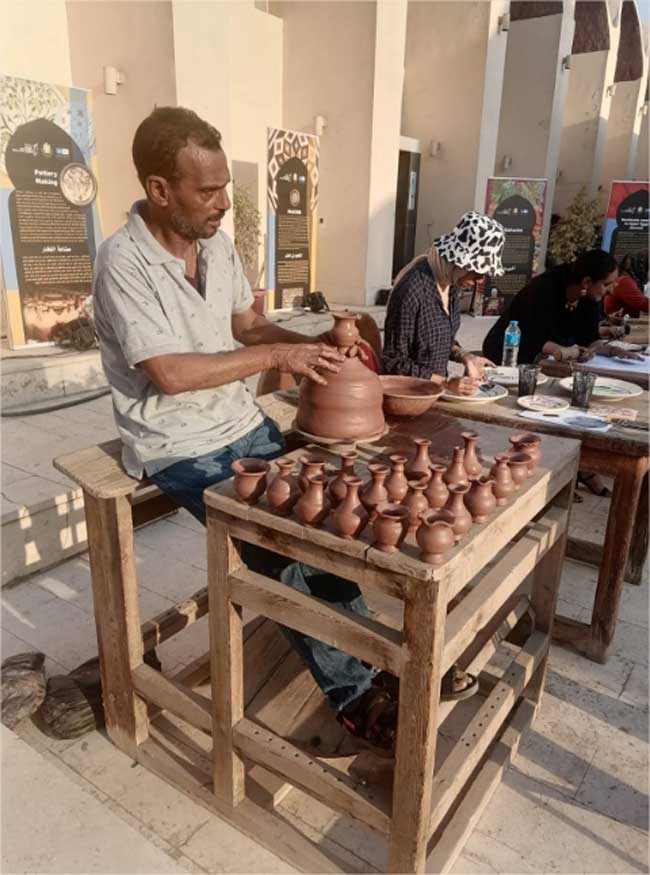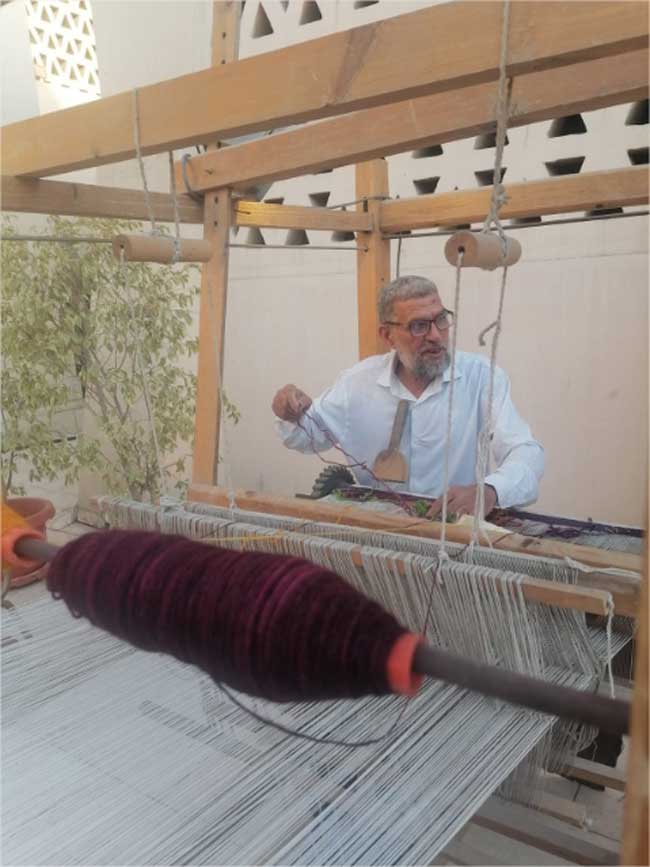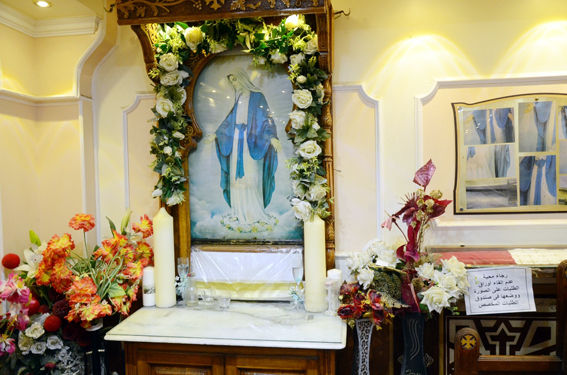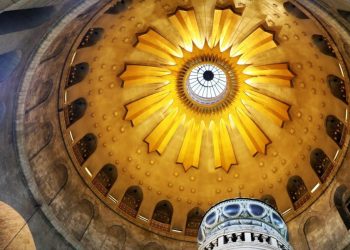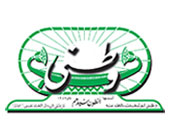Egypt’s House of Heritage was inaugurated on 20 August 2023 at the Fustat Traditional Crafts Centre in the heart of Old Cairo. The House will host the national archive of Egyptian intangible heritage; and will be concerned with the conservation, documentation, transfer, promotion and revival of heritage. It will also provide education and training in the area of arts and culture, given that its main mission is safeguarding and perpetuating intangible heritage. It boasts a board of trustees that reflects the diversity of the elements of Egyptian Intangible Cultural Heritage (ICH).
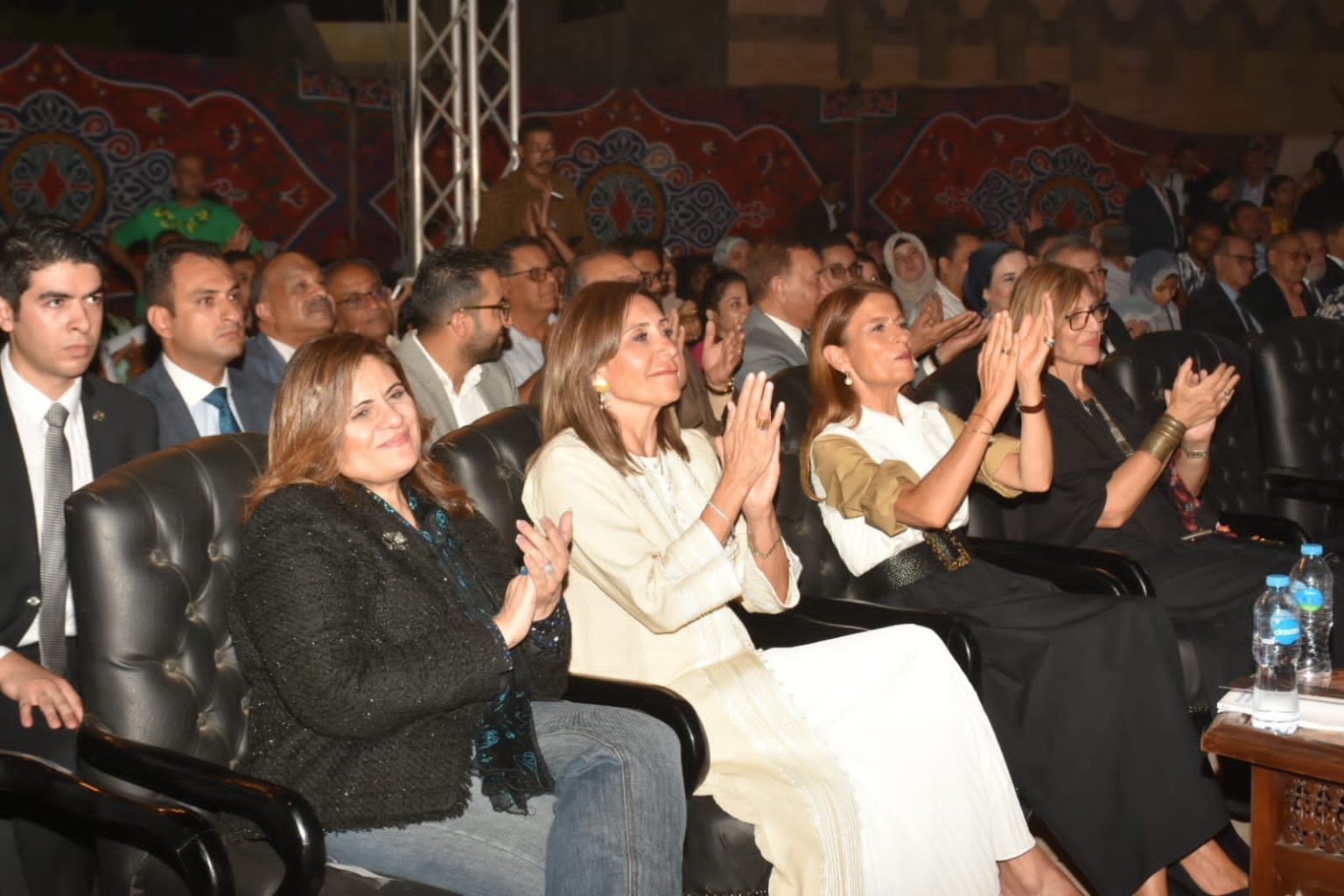
20th anniversary
Egypt’s Minister of Culture Neveen al-Kilany joined Nuria Sanz, Officer in Charge of UNESCO Office in Cairo to inaugurate the House of Heritage.
The launch is part of the celebration of the 20th anniversary of the UNESCO Convention for the Safeguarding of Intangible Cultural Heritage.
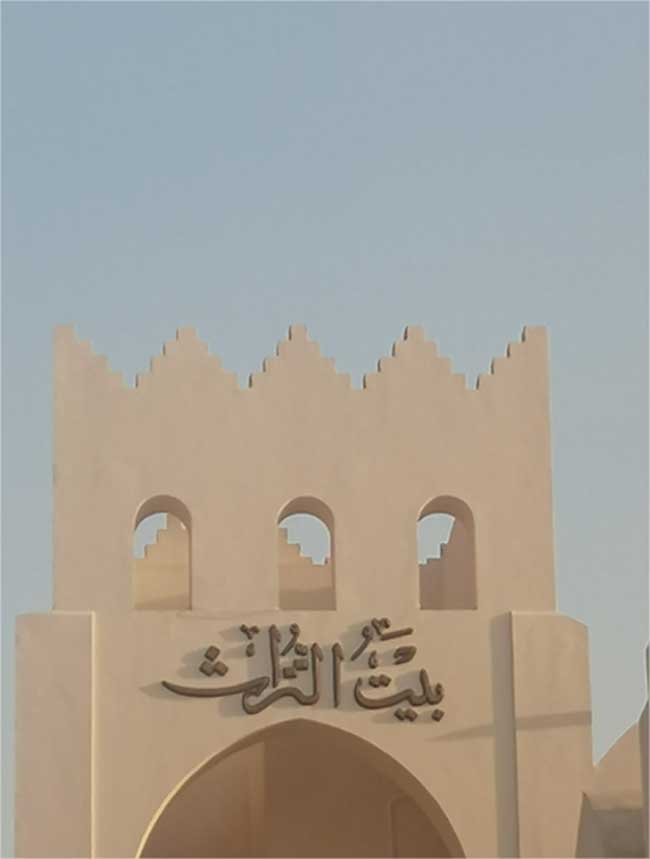
Attending were Cairo Governor Khaled Abdel-Aal, Egypt’s Emigration Minister Soha Gendy; Nahla Imam, the Culture Ministry’s Consultant for Intangible Heritage; representatives of NGOs concerned with heritage conservation; and also representatives of Brazil, Mexico, Italy, Greece, and France.
Dr Kilany applauded the establishment of the House of Heritage at Fustat Traditional Crafts Centre saying, “Open to everyone, the Centre provides a platform to engage in diverse education and creative activities to perpetuate our living heritage which constitutes the foundation of the Egyptian identity.
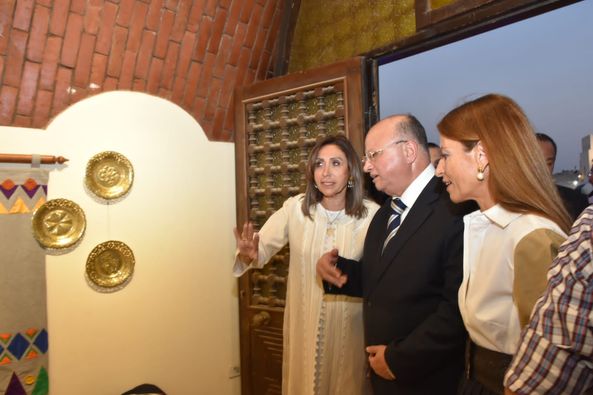
“Today Egypt, in collaboration with UNESCO, celebrates 20 years on the ICH convention. The Ministry of Culture inaugurates the House of Heritage to complete yet another link of safeguarding heritage and to accomplish its mission of preserving the Egyptian identity.
“This mission started earlier with the Ministry using all resources to create a National Archive for Intangible Cultural Heritage. Today the Ministry of Culture is providing space to celebrate all elements of intangible cultural heritage, where all Egyptians can learn more about the heritage of their ancestors.”
Identity, continuity, belonging
Dr Sanz thanked the Egyptian authorities for inviting UNESCO to co-organise the inauguration event in honour of the 20th anniversary of the ICH Convention. She said that “living heritage provides meaning in the everyday lives of communities, a sense of identity, continuity, and belonging that holds communities together and contributes to their well-being.
“Cultural tradition, know-how and creativity are the three essential ingredients for craftsmanship. Craftsmen are not mere executors. They are interpreters of knowledge, responsible for and heirs of other generations, responsible for stopping the ferocity of time, which does not allow us to evaluate what we lose or gain with new technologies or virtual realities.
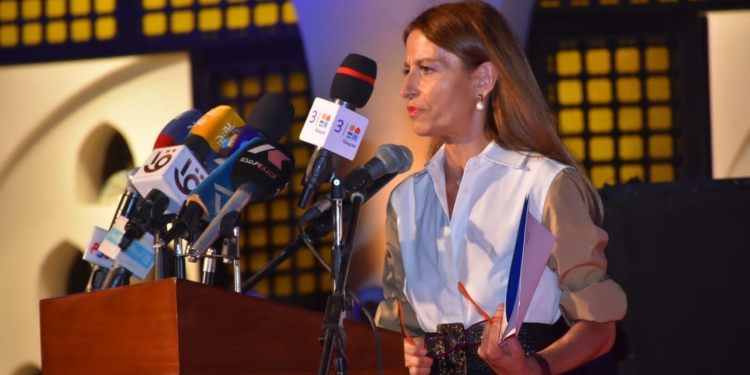
“This House of Heritage is the best bridge between intangible heritage and creative industries,” Dr Sanz said. The house is located in the heart of Old Cairo, at the same premises of the Artisans of Egypt, a government programme to introduce and train youth on traditional handicrafts to ensure their sustainability.
Dr Sanz also elaborated the important shift in policy attention from physical heritage to the intangible aspect which was realised by the UNESCO ICH Convention.
Seven Egyptian heritage elements
For her part, Nahla Emam, ICH Advisor, highlighted the leading role of Egypt in the promotion and implementation of the ICH Convention, presenting the overview of seven elements inscribed on the UNESCO List, which reflect the rich and diverse intangible treasures in Egypt.
The seven Egyptian elements of intangible heritage listed by UNESCO are:
- Festivals related to the journey of the Holy Family to Egypt; listed in 2022.
- Date Palm knowledge, skills, traditions, and practices; also listed in 2022.
- Arabic calligraphy, skills, knowledge, and practices; listed in 2021.
- Hand-made weaving in Upper Egypt (Saeed); listed in 2020.
- Traditional hand puppetry [Aragouz]; listed in 2018.
- Tahteeb stick dance [related to martial art]; listed in 2016.
- Al-Sira al-Hilaliya folk epic; listed in 2008.
Dr Emam continued: “At this historic moment, we open our hearts with the House of Heritage for all prior efforts to collect, document and enlist the heritage elements of Egypt’s oral heritage and intangible cultural heritage and transmission of knowledge and practices to the new generations.
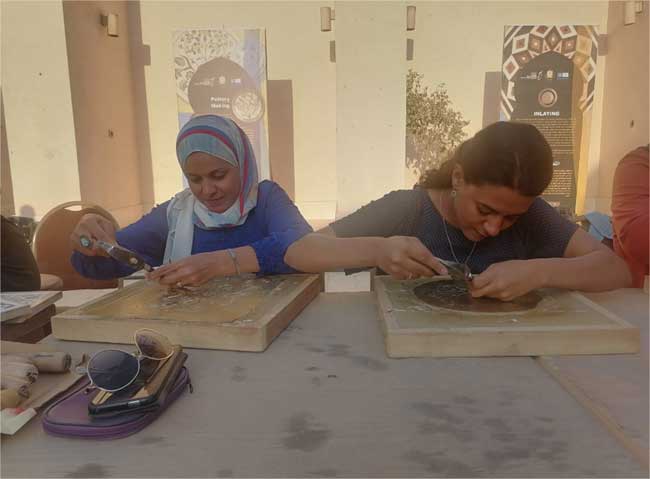
For his part, Haytham Younes of the Egyptian Society for Folk Traditions (ESFT), presented the outcomes of the project “Strengthening National Capacities for Safeguarding Intangible Cultural Heritage in Egypt for Sustainable Development” implemented with UNESCO support. The project included pilot community-based inventorying in six different locations in the country.
Traditional food, drink, song, dance
Numerous craftspeople, knowledge holders and practitioners, artists and creators participated in the Fustat event, displaying masterful skills and sharing knowledge with some 100 guests.
The event included a display of paintings by Ekram Ammar (1945 – 2020) depicting the biblical flight of the Holy Family into Egypt in the fist AD century. There was also an exhibition of Arabic calligraphy and ornamentation produced by the Khedr School in Port Said.
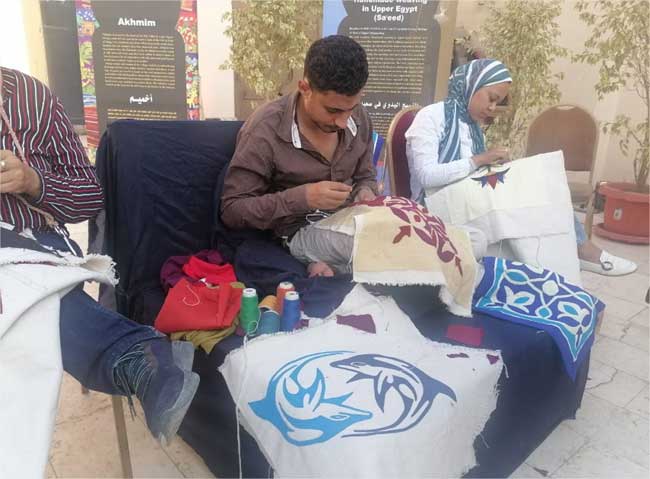
The Artisans of Egypt showcased their products of traditional handcrafted pottery, ceramics, copper, traditional khayamiya patchwork, woodwork, and jewellery.
Heritage food and drink sellers made a strong appearance, offering samples of erqsous(licorice) drink; basbousa, a cake made of semolina, oil, and yoghurt, and doused with syrup; and the famous koshari made of lentils, rice, mini-macaroni, and a tangy spicy tomato sauce. The koshari was made by Abu-Tarek who was present with his traditional colourful handmade wooden koshari cart; he inherited the craft from his father who started the business in 1920.
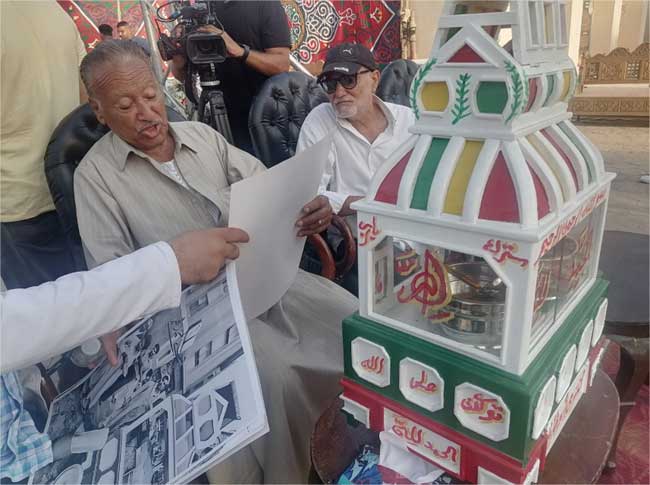
It was fitting for the event to include traditional performances: the Aragouz puppet show; the Tahteeb martial arts stick dance; and the well-loved Simsimiya dance from Port Said.
UNESCO has declared that the Fustat event was just the beginning of the celebration of the 20th anniversary of ICH this year in Egypt. Upcoming joint activities include an outdoor photo exhibition and an international forum in Aswan in December 2023.
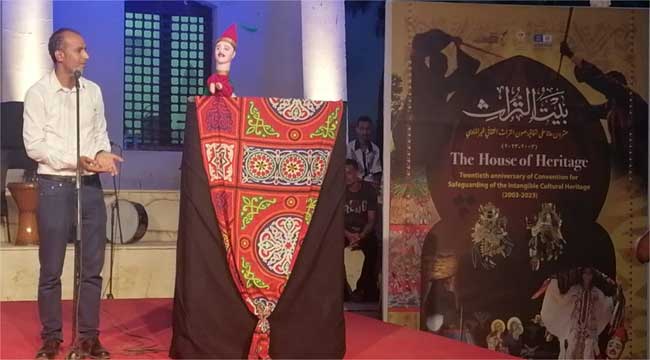
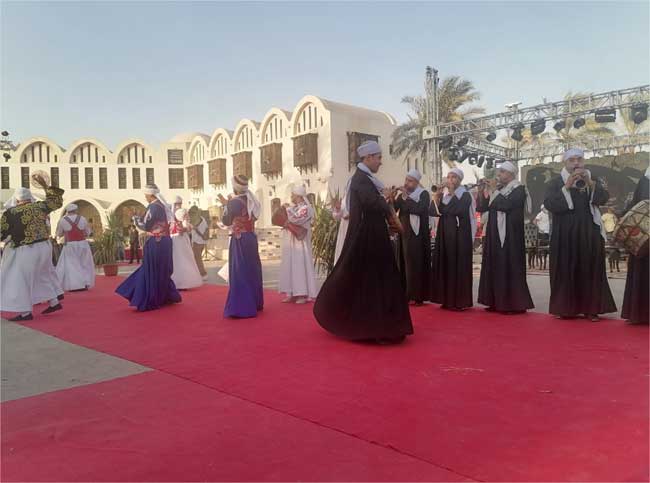
Defining heritage
UNESCO defines heritage as “our legacy from the past, what we live with today, and what we pass on to future generations. Our cultural and natural heritage are both irreplaceable sources of life and inspiration.”
In October 2003, UNESCO General Conference adopted the Convention for the Safeguarding of the Intangible Cultural Heritage as a UNESCO treaty signed by member States. The convention entered into force in 2006. According to UNESCO, intangible heritage is an essential component and a repository of cultural diversity and of creative expression.
UNESCO established its Lists of Intangible Cultural Heritage with the aim of ensuring the better protection of important intangible cultural heritage worldwide, and wider awareness of their significance.
As of 2010, the IHC programme compiles three lists. The longer Representative List of the Intangible Cultural Heritage of Humanity comprises cultural “practices and expressions [that] help demonstrate the diversity of this heritage and raise awareness about its importance.” The shorter List of Intangible Cultural Heritage in Need of Urgent Safeguarding includes those cultural elements that concerned communities and countries consider to require urgent measures to keep them alive. The third list is the Register of Good Safeguarding Practices.
Also called living cultural heritage, intangible cultural heritage is usually expressed in one of the following forms: oral traditions and expressions; performing arts; social practices, rituals and festive events; knowledge and practices concerning nature and the universe; and traditional craftsmanship.
Watani International
27 August 2023
